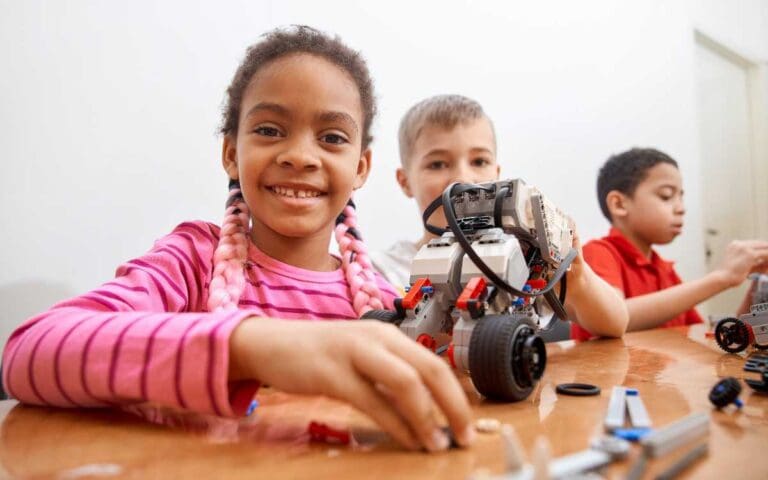The transition of SAFe (Scaled Agile Framework) Agile methodology with the help of AI is revolutionizing the way organizations approach agile practices. As technology advances, artificial intelligence (AI) is playing a significant role in supporting and enhancing SAFe Agile methodologies. AI brings automation, intelligent decision support, predictive analytics, and improved collaboration to Agile teams, ultimately driving greater efficiency, productivity, and success in agile transformations.
Here are some ways in which AI is supporting the transition of SAFe Agile:
AUTOMATION AND EFFICIENCY:
AI technologies, such as robotic process automation (RPA) and machine learning, can automate repetitive and time-consuming tasks in SAFe Agile, such as documentation, data analysis, and reporting. By automating these tasks, AI frees up valuable time for Agile teams to focus on higher-value activities, enhancing overall efficiency and productivity.
INTELLIGENT DECISION SUPPORT:
AI can provide intelligent decision support by analyzing large amounts of data, extracting insights, and making recommendations. This can assist Agile teams and leaders in making informed decisions about backlog prioritization, resource allocation, risk management, and overall project planning. AI-powered decision support systems can consider a wide range of factors and provide real-time recommendations, aiding in faster and more accurate decision-making.
PREDICTIVE ANALYTICS:
AI enables predictive analytics, which can help Agile teams anticipate and address potential risks and challenges in advance. By analyzing historical data and patterns, AI algorithms can identify potential project risks, estimate completion timelines, and provide insights into resource utilization. This helps Agile teams proactively manage projects, mitigate risks, and maintain project timelines and quality.
AGILE COACHING AND MENTORING:
AI-based virtual assistants and chatbots can provide Agile coaching and mentoring to team members. These AI-driven virtual assistants can answer questions, provide guidance on Agile practices, and assist with onboarding new team members. They can also offer personalized recommendations based onindividual teamm members’ strengths, weaknesses, and preferences, fostering continuous learning and improvement within Agile teams. This can also be integrated with generative AI for some quick scribble notes.
AGILE PERFORMANCE MEASUREMENT:
AI can support the measurement of Agile performance by analyzing various metrics and key performance indicators (KPIs). With AI-powered analytics, organizations can gain insights into team performance, sprint outcomes, and other project-related data. AI algorithms can identify patterns, trends, and areas for improvement, enabling organizations to continuously assess and optimize their Agile practices.
NATURAL LANGUAGE PROCESSING AND COLLABORATION:
AI technologies, such as natural language processing (NLP) and chatbots, facilitate seamless collaboration and communication within Agile teams. NLP algorithms can interpret and analyze natural language input, enabling efficient and context-aware communication. Chatbots can provide real-time feedback, answer queries, and facilitate collaboration across geographically distributed Agile teams.
While AI can do many of the tasks without any human intervention it is very important to note that AI technologies might offer valuable support to SAFe Agile methodology but the human element remains crucial. This implies that to achieve a successful implementation, it requires a balance between AI-driven automation and human collaboration, critical thinking, and decision-making.







